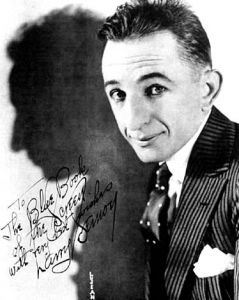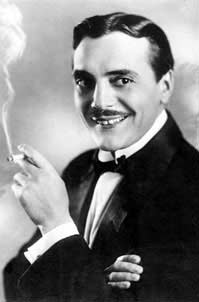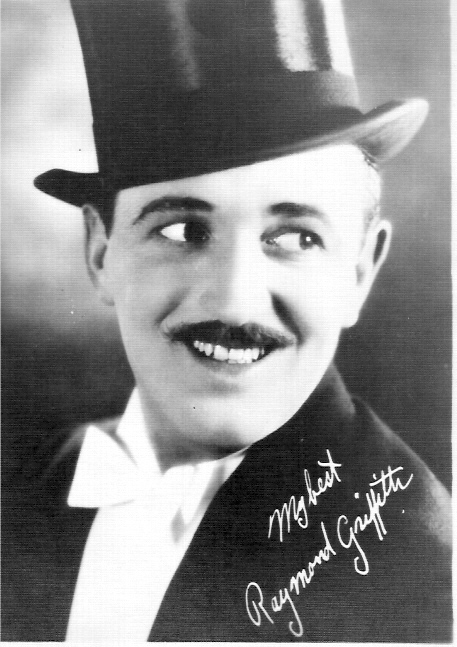This is an edited, expanded version of an entry in my “Too Young, Too Soon” series on my old Angelfire site, which I wrote around 2005–07.

Lawrence (Larry) Semon (16 July 1889–8 October 1928) was born in West Point, Mississippi, to vaudeville magician Zera the Great and his assistant Irene. He and his older sister were part of their family act until his dad’s death.
Larry finished his schooling in Savannah, and moved to New York after graduation. He was a cartoonist and graphic artist for The New York Sun and The New York Morning Telegraph, and gave vaudeville monologues. His vaudeville work got the attention of Vitagraph, who offered him a contract in 1915.
Initially, Larry produced, directed, and wrote for Hughie Mack. Every so often, he cast himself in bit parts. After Hughie left Vitagraph in 1916, Larry began playing leading roles. His character often caused chaos wherever he went.

Larry’s popularity soared; in many places, he was second only to Chaplin. The three-year contract he signed in 1919, for $3,600,000, put him second financially. Unfortunately, Larry got too big for his britches when he was given complete creative control.
Larry liked living large, and his two-reelers often cost more than five-reeler features. His sight gags and special effects used up to three aeroplanes per film; car crashes and explosions; falling water towers; exploding barns; permanent structures instead of painted sets; gallons of ink; vats of paint; barrels of flour; huge mudpits; sacks of soot; and gobs of jam.
This overspending earned him an ultimatum in 1924: start producing and financing your own films.
Larry thought features would earn more money than shorts, which was a big mistake. Today, he’s mainly remembered for his horrible 1925 version of The Wizard of Oz, in which his frequent co-star Oliver Hardy plays the Tin Man.
Larry’s second wife, Dorothy Dwan (who was 19 to his 36), plays Dorothy, and Larry plays a toymaker in the wraparound scenes, and a farmhand who becomes the Scarecrow.
Spencer Bell, one of the first African–American comedic actors in film and the first to be signed to a contract, is billed as G. Howe Black. Yes, you read that right. G. Howe Black. He was credited under the same horrifying screen name in Larry’s The Perfect Clown.

After that bomb, Larry began sinking in popularity. His money problems compelled him back to shorts, at Educational Pictures. Larry also directed for Paramount and performed in vaudeville, though it wasn’t enough. In March 1928, he filed for bankruptcy.
Not one to give up easily, Larry began doing vaudeville yet again, but the constant touring put a huge strain on him, leading to a nervous breakdown. His wife Dorothy had also gone to live with her mother and closed their house.

Larry was admitted to a sanitarium, where his health improved enough for him to move to a health ranch in Victorville, California. Tragedy struck when Larry caught double pneumonia. He also had TB. Larry passed away at age 39.
Some people believe he didn’t really die, but escaped to avoid his financial obligations and creditors. Larry was ordered cremated after a high-security, closed-casket funeral to which almost no one was allowed to come. Allegedly, his previous instructions had requested cremation, but no one knows the location of his ashes to this day.
































